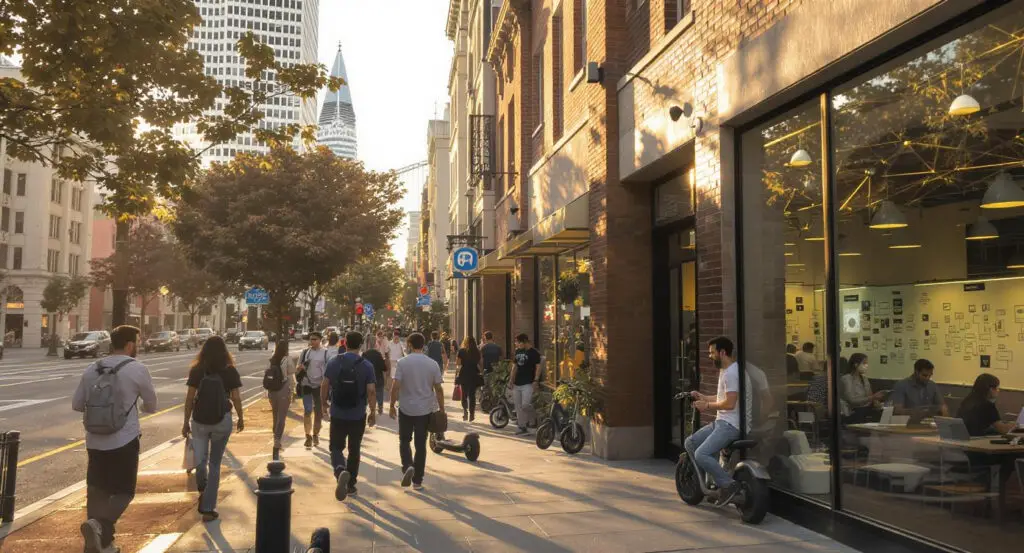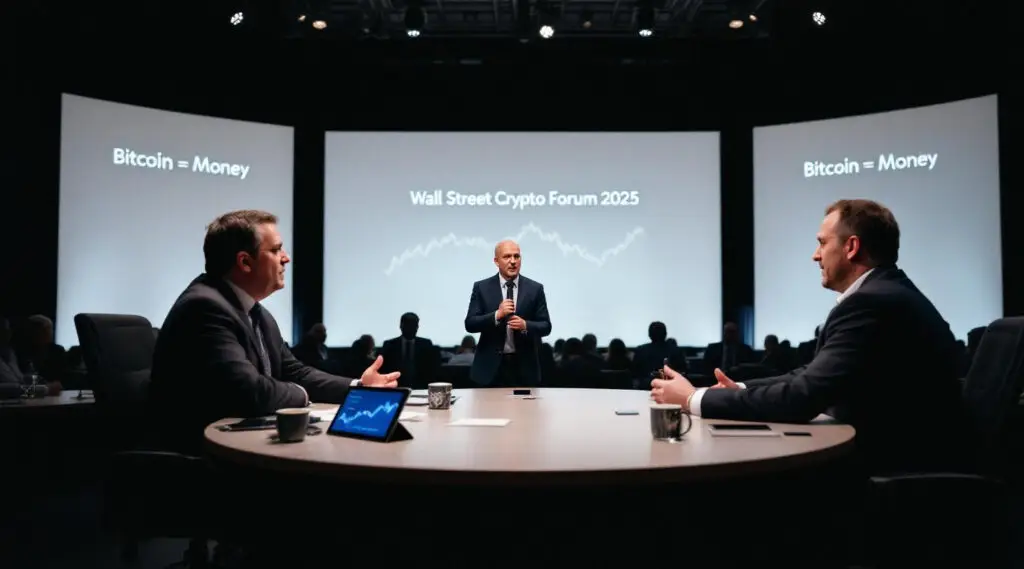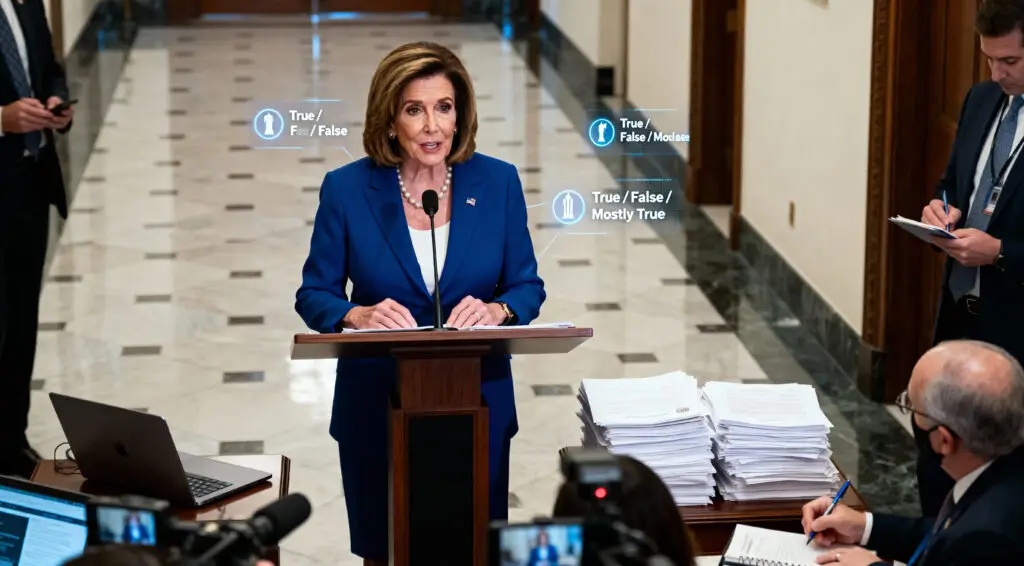San Francisco Rides a New Wave of AI Innovation
San Francisco is experiencing a new kind of boom, one driven by the rapid advancements in artificial intelligence. This wave of innovation has intensified throughout the city, transforming work and social life in what some are calling a new gold rush. Following a period of uncertainty caused by a pandemic-era exodus of businesses, office workers, and residents, the AI craze has injected a new sense of optimism into the city.
Home to multibillion-dollar AI companies such as OpenAI, Scale AI, Anthropic, Perplexity, and Databricks, San Francisco has become a global epicentre for the technology. The immense popularity of chatbots like ChatGPT, which can generate text, images, and code, set off a fierce race to propel AI into a wide range of industries, from media to healthcare. This frenzy is fundamentally reshaping the city’s identity, moving it from its traditional role as a hub for social media and consumer tech to a new frontier of foundational AI research and development.
VC Funding Surges Fueling Unprecedented Growth
The San Francisco Metro area has seen a significant economic impact due to the AI boom, with venture capital funding for AI companies exceeding $29 billion in the first half of 2025. This figure is more than double the amount raised in 2022. As of August 5, VC deals for AI startups in the area made up 46.6% of all funding for US AI companies this year.
This concentration of capital is driving the city’s recovery and growth. AI companies are leasing more office space, hiring more people, and paying more taxes. Over the past five years, AI-related companies have leased over 5 million square feet of office space, which is projected to grow, potentially cutting the city’s 35.8% office vacancy rate in half by 2030.
The Great Talent Debate: Accessible vs. Exclusive
San Francisco, known for its tech talent, is facing competition from Silicon Valley due to the AI boom. Husayn Kassai, a tech veteran who runs businesses in both San Francisco and London, argues that accessible AI talent is a challenge. Top engineers at tech giants like Google or OpenAI are often reluctant to join early-stage startups unless they receive high salaries or founder-level equity.
This creates a bottleneck for emerging companies trying to build their teams. In contrast, London offers a large pool of accessible talent from world-class universities. This debate is shaping the next generation of AI companies’ headquarters, with San Francisco needing to make its talent pool more accessible.
Read More: Indigenous Peoples in the Age of AI: Defending Rights, Shaping Futures
Hopes, Worries, and the Societal Impact of AI
The AI boom has brought economic recovery but also raises anxieties and challenges. Visitors at the Exploratorium museum were encouraged to write down their hopes and worries about AI, including its potential to cure cancer. However, concerns about becoming too reliant on AI and losing the ability to think for themselves were also raised.
Protesters outside OpenAI’s headquarters held signs stating that AI will kill us all and steal our work to steal jobs. The ubiquity of generative AI has forced educators to rethink their teaching methods, with Professor Arno Puder at San Francisco State University calling it a paradigm shift requiring new curricula for the future workforce.
The City’s Evolution A History of Boom and Bust
San Francisco is no stranger to dramatic economic cycles. Resident Vijay Karunamurthy, who has witnessed the city’s boom and bust cycles over the last 25 years, recalls seeing major companies like Pets.com collapse during the dot-com crash in 2000. The city’s tech sector roared back to life with the rise of social media, only to be hit again during the COVID-19 pandemic. Now, the city is ascending yet again, with the energy of the AI boom creating a vibrant ecosystem.
Karunamurthy notes that “every single night there are AI events, and if you go to a coffee shop, you’ll run into people working on AI.” This intense concentration of energy is breathing new life into the city, with a feeling that ambitious entrepreneurs are advancing powerful AI tools that could transform lives. The city’s history of resilience in the face of economic downturns suggests that it is uniquely positioned to handle the fast-paced and unpredictable nature of the AI era.
New AI Hubs and Urban Transformation
The AI boom in San Francisco is transforming the city’s physical landscape, creating new hubs and communities. Hayes Valley, known for its Victorian houses and boutique shops, has been dubbed “Cerebral Valley” due to the emergence of hacker houses and AI communities. Jamestown, a real estate and investment firm, is marketing the Northern Waterfront as an AI hub by leasing over 43,000 square feet of office space to AI companies.
The area’s fresh air and serene nature, near public transportation and greenery, attract AI entrepreneurs seeking in-person collaboration. This shift from remote work to in-person collaboration is creating new physical spaces for innovation and revitalising areas struggling with high office vacancy rates.
San Francisco’s Unpredictable Future
The AI boom has brought a new wave of optimism and economic vitality to San Francisco, but its future remains as unpredictable as the technology itself. While the surge in VC funding, job creation, and office space leasing signals a strong recovery, questions about job displacement, the high cost of living, and the ethical implications of AI persist. The city’s history of navigating dramatic tech cycles suggests that it is resilient, but the sheer scale and speed of the current AI transformation pose new challenges.
As the debate between human ingenuity and algorithmic automation continues, San Francisco is at the very centre of it all, a city where the future of AI is being built, one code at a time. The answer to what San Francisco will look like in 10 years, as ChatGPT’s image of flying saucers and futuristic architecture suggests, may be as wildly imaginative as the minds of the people who are building its future.























